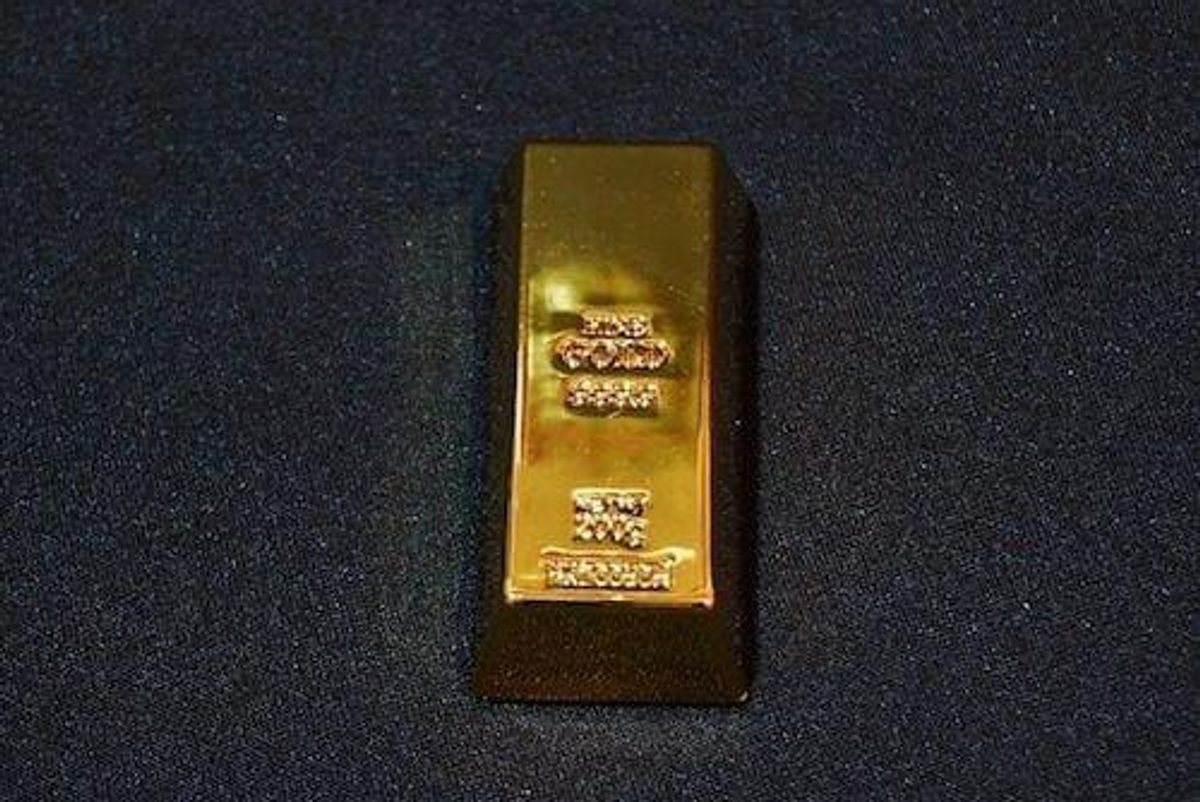
Despite waste stripping at its Berezitovy mine in Russia, and lower grades at both the Bissa-Bouly and Taparko mines in Burkina Faso, Nordgold produced 448,000 gold-equivalent ounces during H1 2018.
Gold miner Nordgold (LSE:NORD) managed to produce 448,000 gold-equivalent ounces during H1 2018, despite waste stripping at its Berezitovy mine in Russia, and lower grades at both the Bissa-Bouly and Taparko mines in Burkina Faso, the company announced on Tuesday (August 28).
During the period, Nordgold improved its ore mining efficiency thanks to higher ore mining volumes at some of its open pit mines (Neryungri, Lefa, Taparko and Bissa-Bouly).
This uptick resulted in the stripping ratio decreasing by 15 percent year-on-year amid a 35 percent year-on-year increase in ore mining.
“We have delivered a robust performance in the first half in line with expectations. Our financial and operating results were impacted by the waste stripping at Berezitovy mine and lower grades at our Burkina Faso mines, though these were largely in line with the mine plans,” said Nikolai Zelenski, CEO.
In terms of finances, Nordgold’s all-in sustaining costs (AISC) rose 17 percent to US$1,009 per ounce thanks in part to higher capitalized stripping at the West African mines, as well as at the Berezitovy mine to facilitate pit cutbacks for future ore supply.
Due to these results, full-year AISC guidance range has been increased to between US$975 per ounce and US$1,025 per ounce, from US$900 per ounce to US$950 per ounce, which was previously expected.
The company’s revenue slipped 3 percent from this time last year, landing at US$589 million, while its reported earnings dipped 8 percent year-on-year to US$246 million due to lower revenue and higher costs.
Looking ahead, Nordgold expects to pour first gold at its Gross mine before the end of September, which the company expects will increase production for the second half of this year, allowing it to reach its million-ounce target.
The Gross mine is expected to process approximately 12 million tonnes of ore a year, producing more than 200,000 ounces of gold a year for the duration of 17 years.
As of 1:00 p.m. EST, Nordgold was trading at C$3.20.
Don’t forget to follow us @INN_Resource for real-time news updates!
Securities Disclosure: I, Nicole Rashotte, hold no direct investment interest in any company mentioned in this article.




